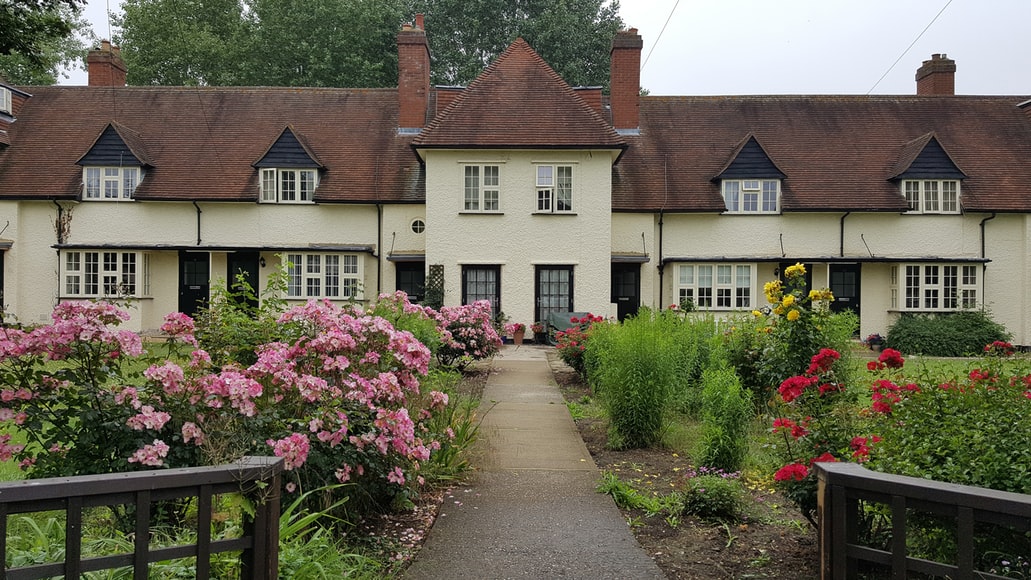Brick paths are a great way to create an elegant yet economical pathway through your garden. While many homeowners think that it is best to hire professionals in building brick paths, there are actually steps that you can do yourself in order to save money and the experience in hiring one. Here are some tips on how to build a brick path in your garden:

There are a few guidelines that you should follow when building a path from brick or stone. Before construction begins it is best to be as detailed as possible about the appearance of your pathway and how exactly you want it to look finished. It is also important to keep safety in mind throughout the entire process. Ensure that the bricks will fit together properly by laying them out on top of one another first.
The last step before starting work is to measure each brick’s width and depth, which will make it easier for you to build a smooth surface. Here are some of the things you need to keep in mind when constructing your own brick path:
Plan Your Pathway
It is crucial that you prepare your garden area, as well as the ground to be used as the foundation of your brick path. You must first level that area and know if it can bear heavy loads such as bricks and stones for at least six months. It should also be leveled perfectly so there won’t be bumps and humps when laying down the bricks or stones on top of it. After this, mark out clearly where exactly you plan to build your path so everything would go according to plan. Before starting work ensure that you have planned out exactly where your pathway will go and what shape it will take. Draw an accurate diagram of what type of pathway you want and where it should be placed. Keep in mind that a path can take many different forms, from simple steps to an intricately designed walkway made from brick or stone.
Grouting Your Brick Pathway
Grout is used to filling spaces along the edge where two bricks meet or between any cracks that might form when water seeps into weak spots. Each crack should be sealed off with sealant for brick pavers after they have been grouted so that you don’t have to worry about them getting dirty or clogged up. Apply the grout along the cracks using a trowel in smooth strokes, spreading it in and out of the joints until they are uniformly filled. This is an important step because it creates a breathable surface that allows water to escape from underneath your brick pathway rather than seeping into any empty spaces and eroding away at your pebbles over time. Use a rubber float to smooth out all of the extra grout which should be discarded immediately after being applied before it becomes too difficult to clean up. Wait for about 4 hours before allowing any traffic on your path as it will likely still be slightly damp.
Building the Foundation
After you level out the ground, you should think about building a foundation. If you are planning on having curves or corners in your path, you must snap chalk lines first before laying the bricks to make sure that everything will be uniform and symmetrical. Once everything has been laid down properly, compact each layer with a hand tamper for smooth results.
To build a foundation for your pathway first dig out a small trench about 3 inches deep by 9 inches wide. Make the depth of this trench equal to the height of one brick plus three inches. This extra room will allow you to easily set each brick into place without having them fall over before being locked into position. Fill your trench with gravel and then cover it with a thin layer of concrete large enough to completely cover each brick completely all around its sides and bottom edges.
Setting the Bricks
Next, you need to make room for the bricks to be placed. Use a shovel and your hands (with gloves) to clear out any dirt or grass from around each brick joint. Only keep the top surface of the ground intact; you should dig down about 4 inches deep and remove all of the extra dirt and debris below it. Place a line of bricks side by side, setting them evenly into place on either side of the concrete foundation you created. Make sure that each brick is right-side up and that they are resting flatly against one another with no space between them. Once they are set in place use a level as a guide so that every brick is perfectly horizontal with its neighbors before locking them together with mortar cement. If your bricks are not perfectly level with one another it will become harder to add the mortar.
Laying a Foundation
Once all of your bricks have been laid, use a trowel to spread thin-set mortar over the area that you plan to pave your pathway from. You can also add thin-set directly to the bricks in order to make a stronger foundation before laying any stone or brick pavers down on top of them. The thin-set is absorbent and porous, which makes it perfect for sealing together loose bricks, but care should be taken when applying thin-set mortar directly onto unpacked soil. If left exposed for too long, the thin-set will soften and break apart soil particles, becoming weaker than before and leaving your pathway at the mercy of erosion.
Placing Your Paving Stones
Once you have applied the thin-set mortar to your dirt foundation, set your paving stones on top of them. Walk all over your pathway with a spirit level so that it is perfectly horizontal before locking each stone in place with a more thin-set. If it’s not even or flat enough, remove the pavers and try again. Wait about 12 hours for the layer of thin-set mortar underneath to cure completely before you walk on your brick pathway.

Now that you have grouted your brick pathway, be sure to sweep it on a weekly basis so as not to allow dirt or debris to become lodged in any of the nooks and grooves between bricks. This will prevent weeds from growing along your path as well as keeping water from pooling between stones and across joints. Investing some time each week into keeping up on maintenance will transform your garden path into an attractive addition that every visitor will appreciate!
















